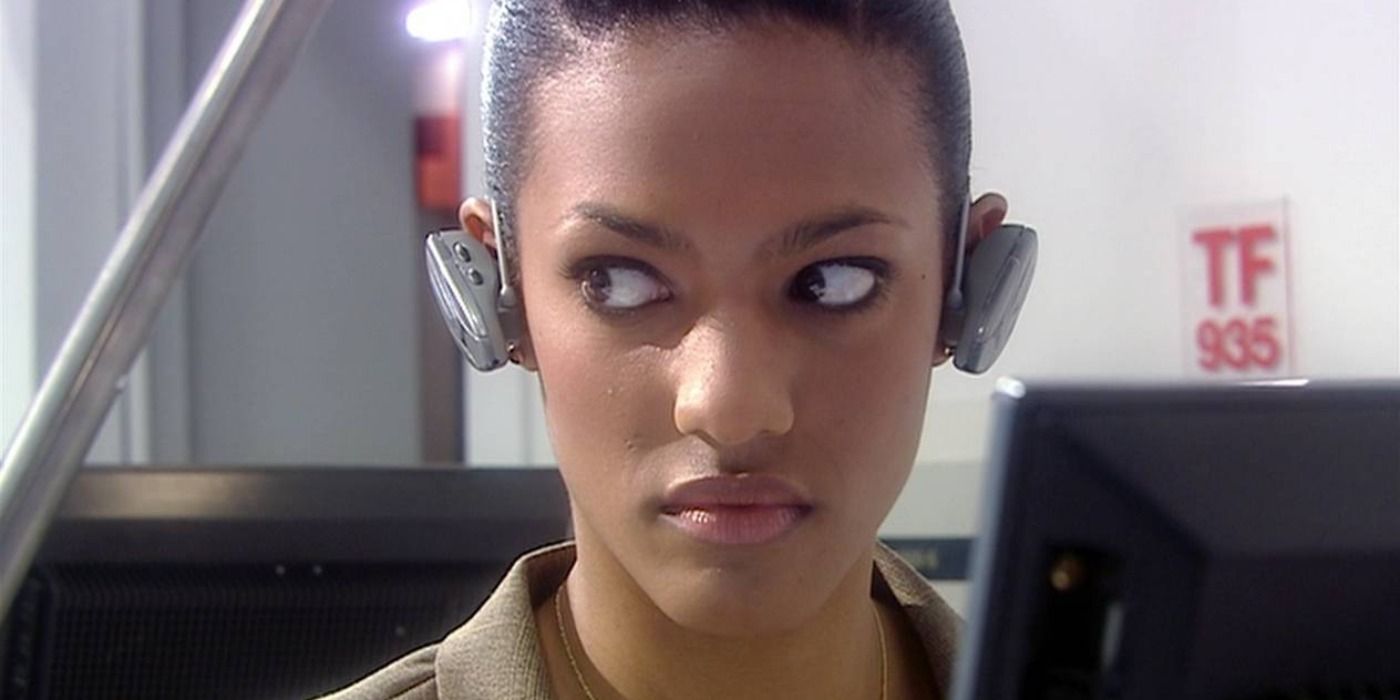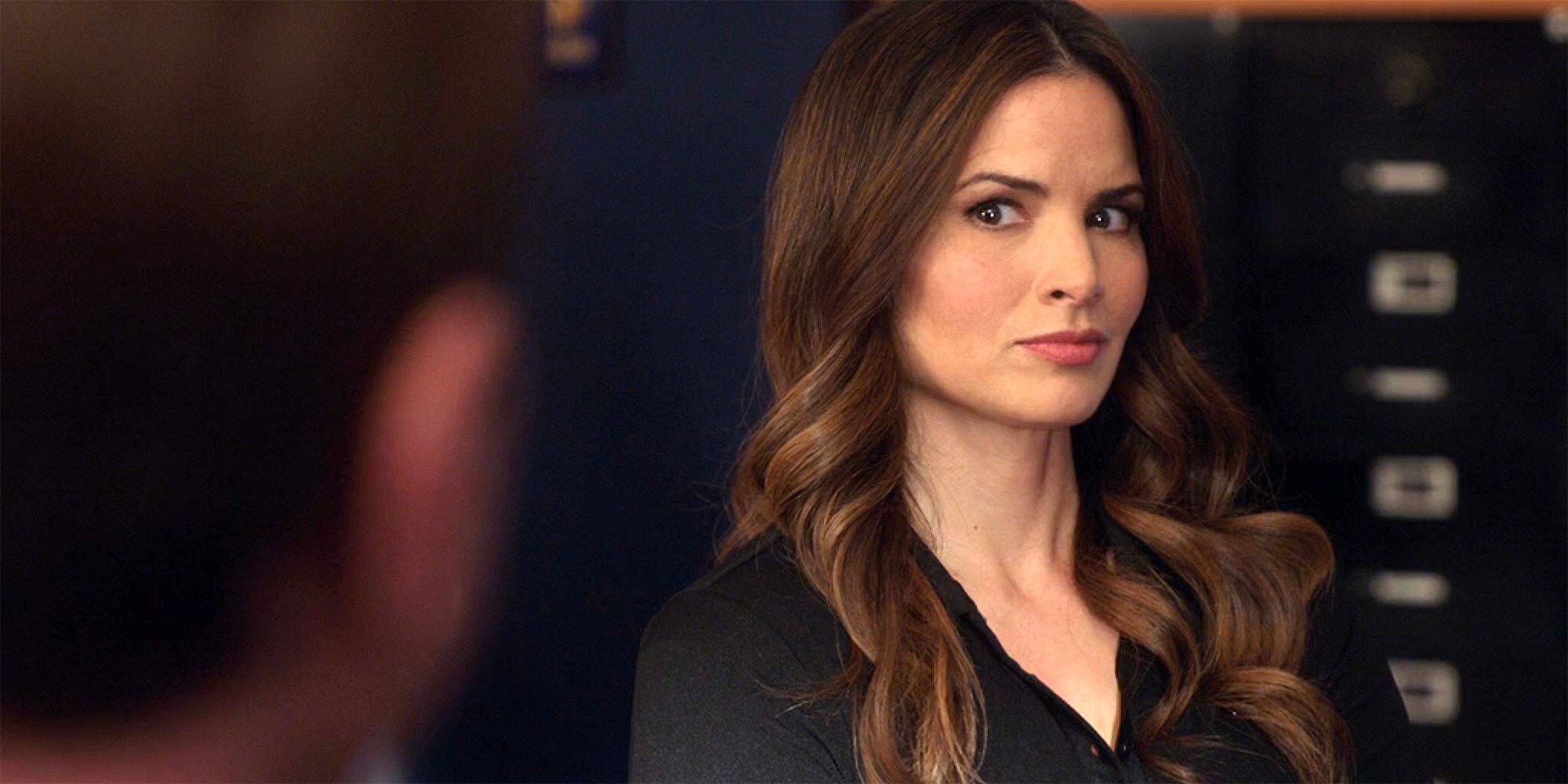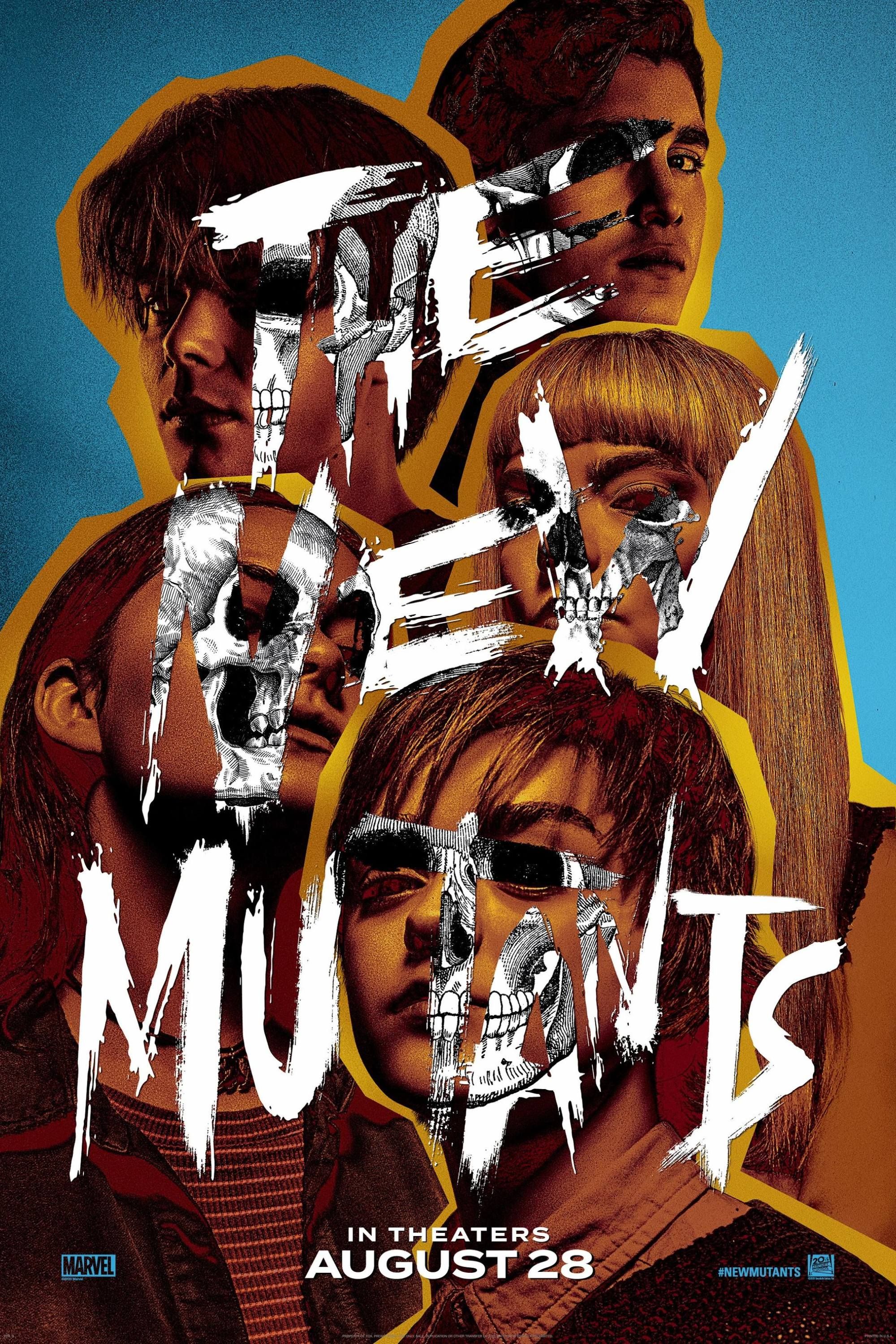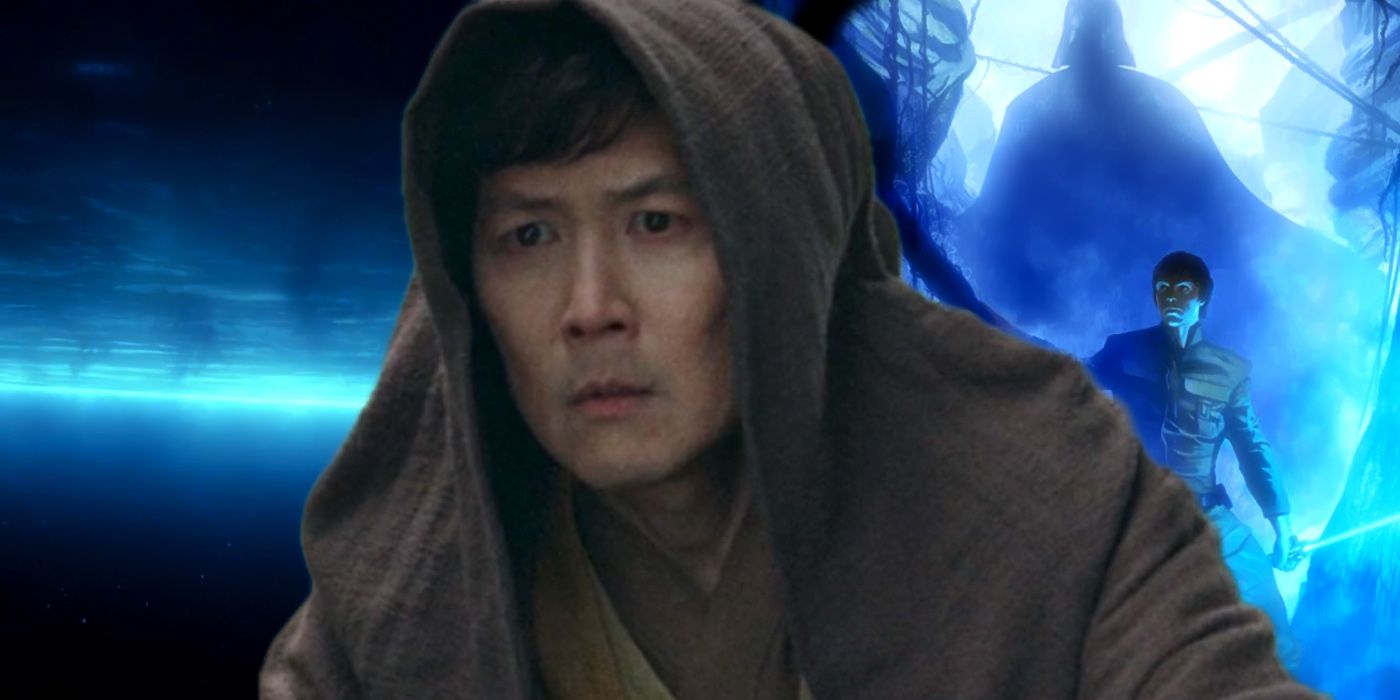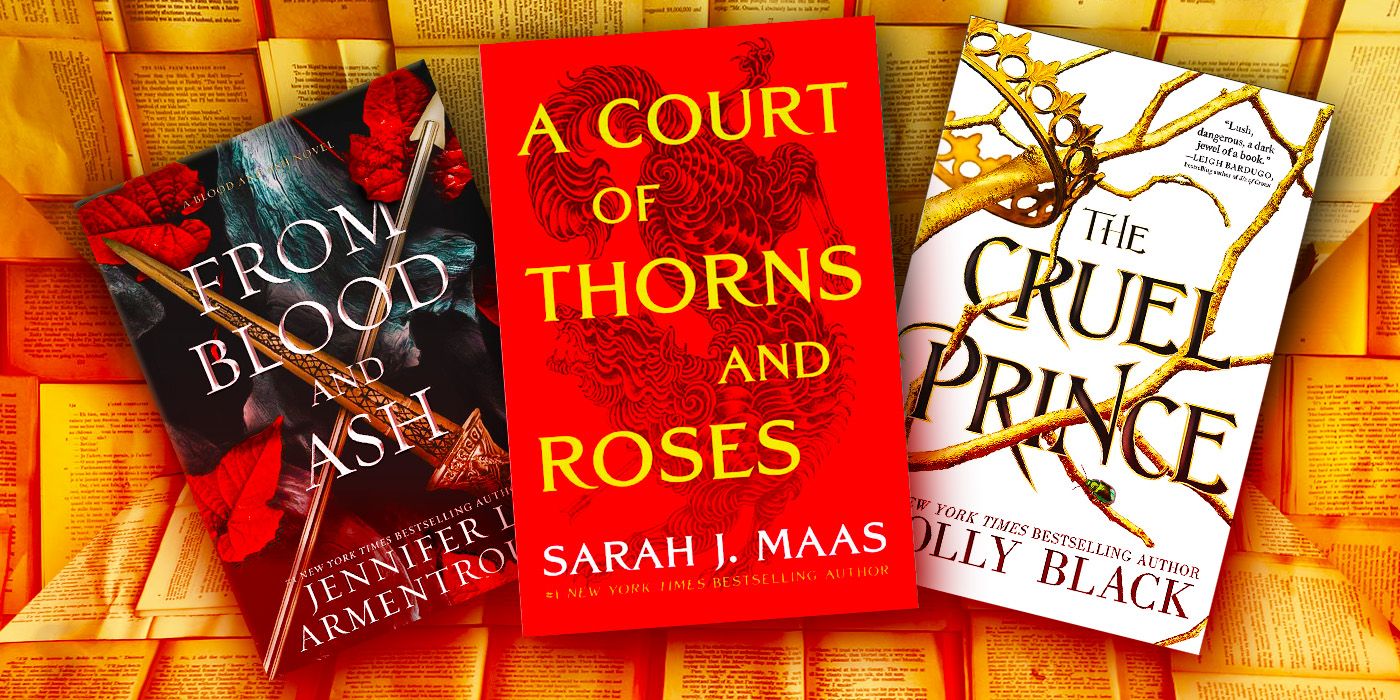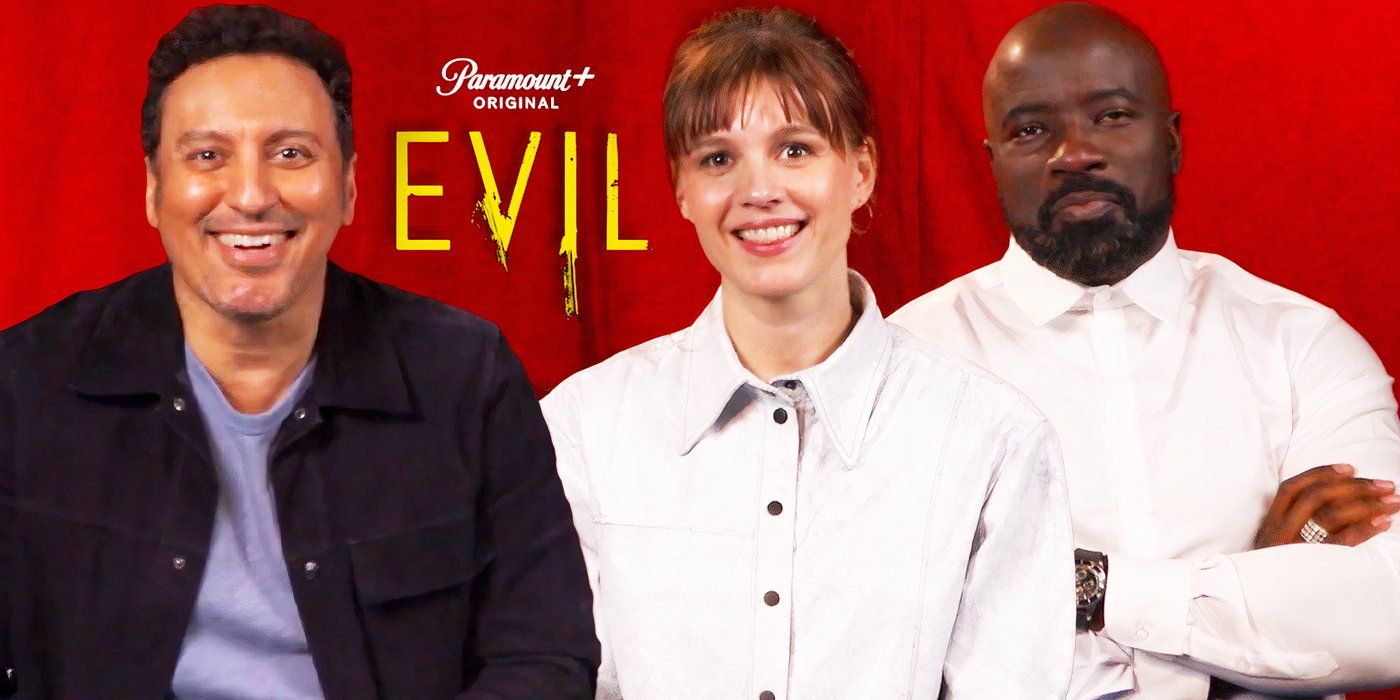Rewatching Brendan Fraser’s The Mummy trilogy reveals some unpleasant truths about the beloved franchise. The Brendan Frasier The Mummy trilogy, three of several The Mummy movies, began in 1999. It spawned two sequels and a spinoff franchise, and while widely beloved and one of Brendan Fraser’s best movies, rewatching the franchise unearths some harsh realities.
The Mummy starred Fraser as the adventurer Rick O’Connell, who battles the undead mummy Imhotep (Arnold Vosloo) with Egyptologist Evelyn “Evy” Carnahan (Rachel Weisz) and her brother Jonathan (John Hannah). The whole cast returned for the 2001 sequel The Mummy Returns, during which Rick and Evy’s son, Alex, is embroiled in a plot to revive Imhotep. The third installment, The Mummy: Tomb of the Dragon Emperor, was released in 2008, for which only Fraser and Hannah returned.
10 Imhotep’s Curse Makes No Sense

During The Mummy‘s prologue, Imhotep is condemned to suffer the Curse of the Hom-Dai. This transforms him into a state of living death as carnivorous scarab beetles devour him for all eternity. The curse also states that if Imhotep is revived, he will gain control over the 10 plagues of Egypt, as well as a series of other magical powers. However, this is immediately a contradiction: if Imhotep is cursed with eternal living death, he shouldn’t need to be revived. Furthermore, if Imhotep is being cursed as his punishment, it makes no sense to bestow him with magical abilities that transform him into an unstoppable force if revived.
9 The Ten Plage Of Egypt Curse Creates A Plot Hole
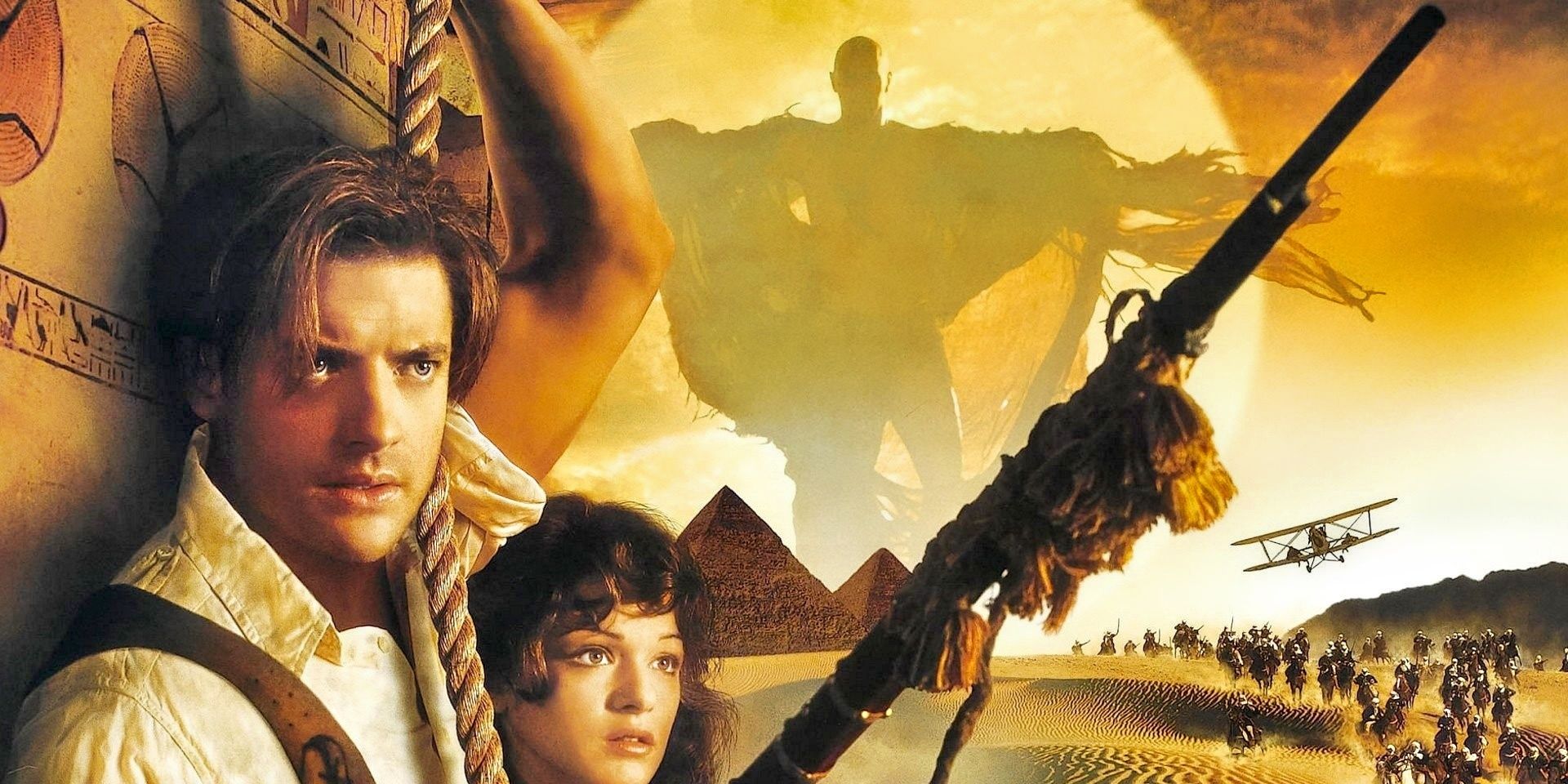
Additionally, The Mummy‘s Imhotep curse creates a historical plot hole regarding the 10 plagues of Egypt. Imhotep is cursed for his crimes against the Egyptian Pharaoh Seti I in 1290 BCE. The Egyptian pharaoh named in Exodus as the ruler who freed the Israelites following the ravages of the 10 plagues is Ramesses II. Unfortunately for The Mummy‘s timeline, Ramesses II was actually the successor to Seti I, meaning that when the ancient priests cursed Imhotep, the 10 plagues had not yet devastated the country and would be unknown to them.
8 Rick And Evy’s First Kiss Is Problematic
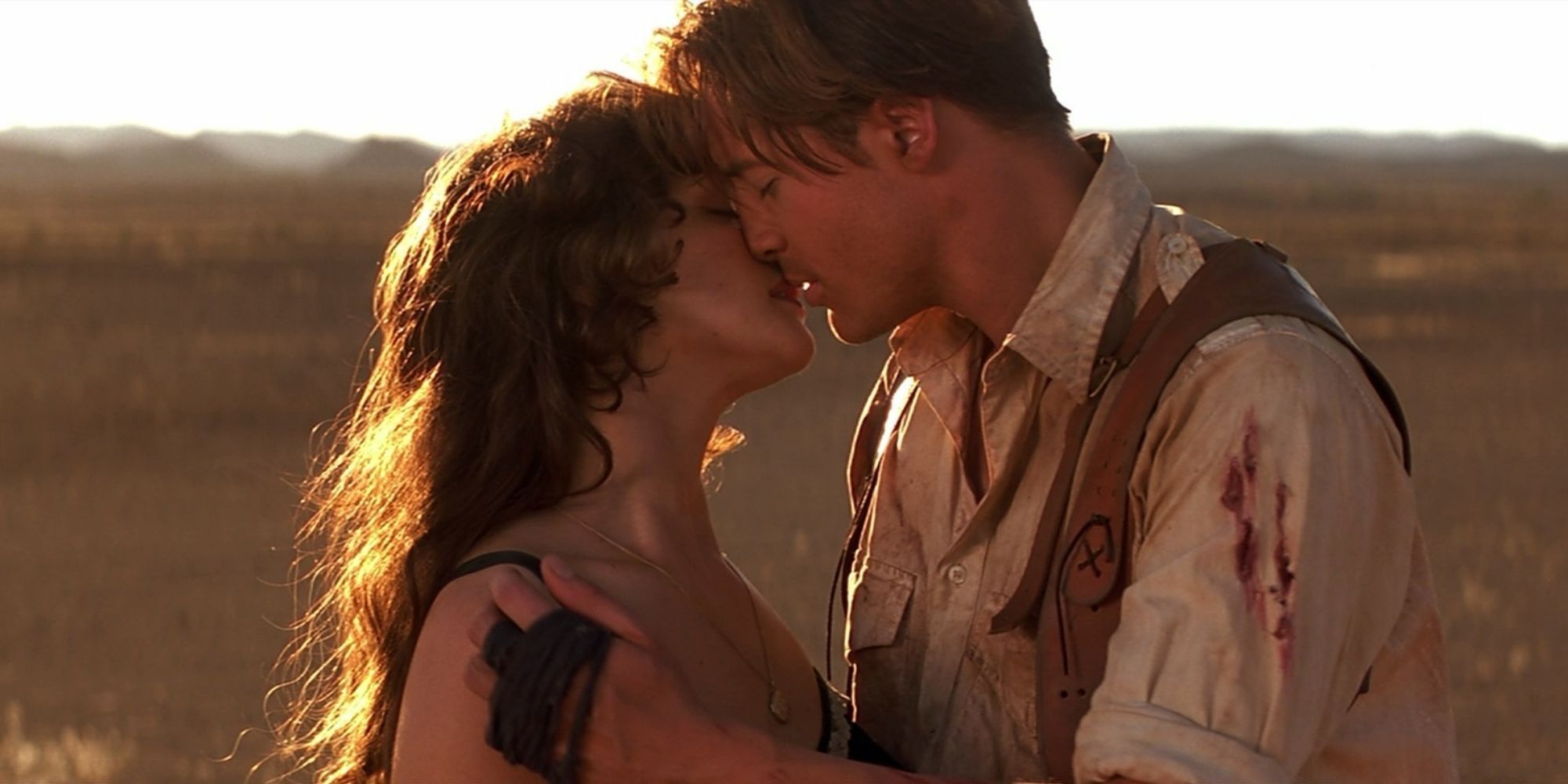
When Rick and Evy meet in The Mummy, Evy questions him about the ancient city of Hamunaptra. Rick beckons Evy towards him, intimating that he will reveal its location, but instead, forcefully grabs Evy and kisses her. While the inappropriateness of this is addressed in a subsequent scene, the movie dismisses it and even presents it as borderline romantic. It reeks of misogyny and female objectification in what should have been considered sexual assault. Though this could be considered a symptom of the era, the way The Mummy excuses it perpetuates sexist beliefs.
7 The Mummy Sequels’ VFX Were Terrible
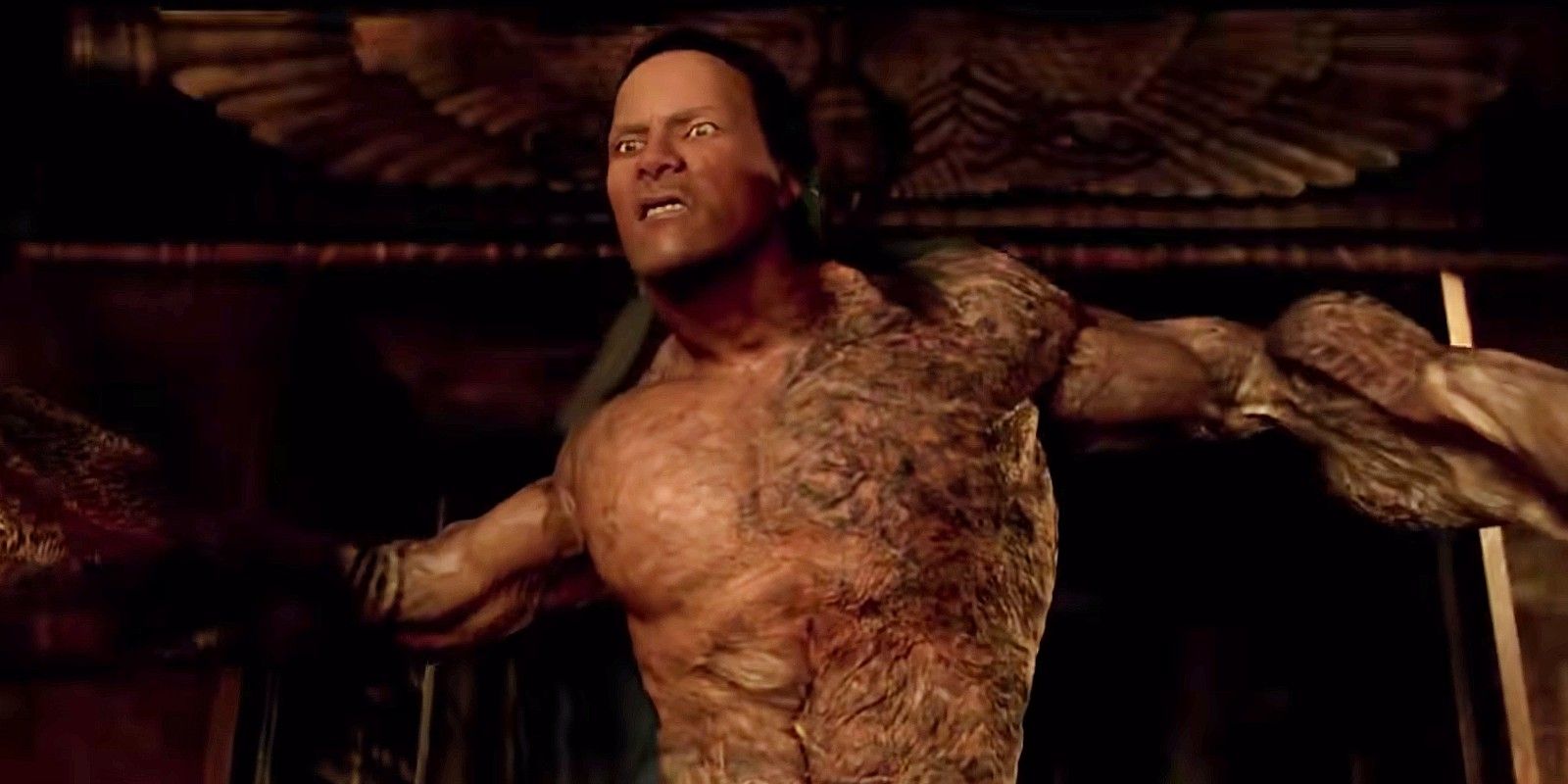
The Mummy Returns has become infamous for its laughably poor computer-generated effects. However, the third installment, The Mummy: Tomb of the Dragon Emperor, also features appalling visual effects, which greatly undermine the movie. It seems a bizarre phenomenon that the sequels would be granted greater budgets but yield worse visuals, but The Mummy’s VFX looks better than the sequels by quite a noticeable degree. It is one of several reasons The Mummy has aged the best out of the trilogy.
6 The Mummy Sequels Were Too Family-Friendly
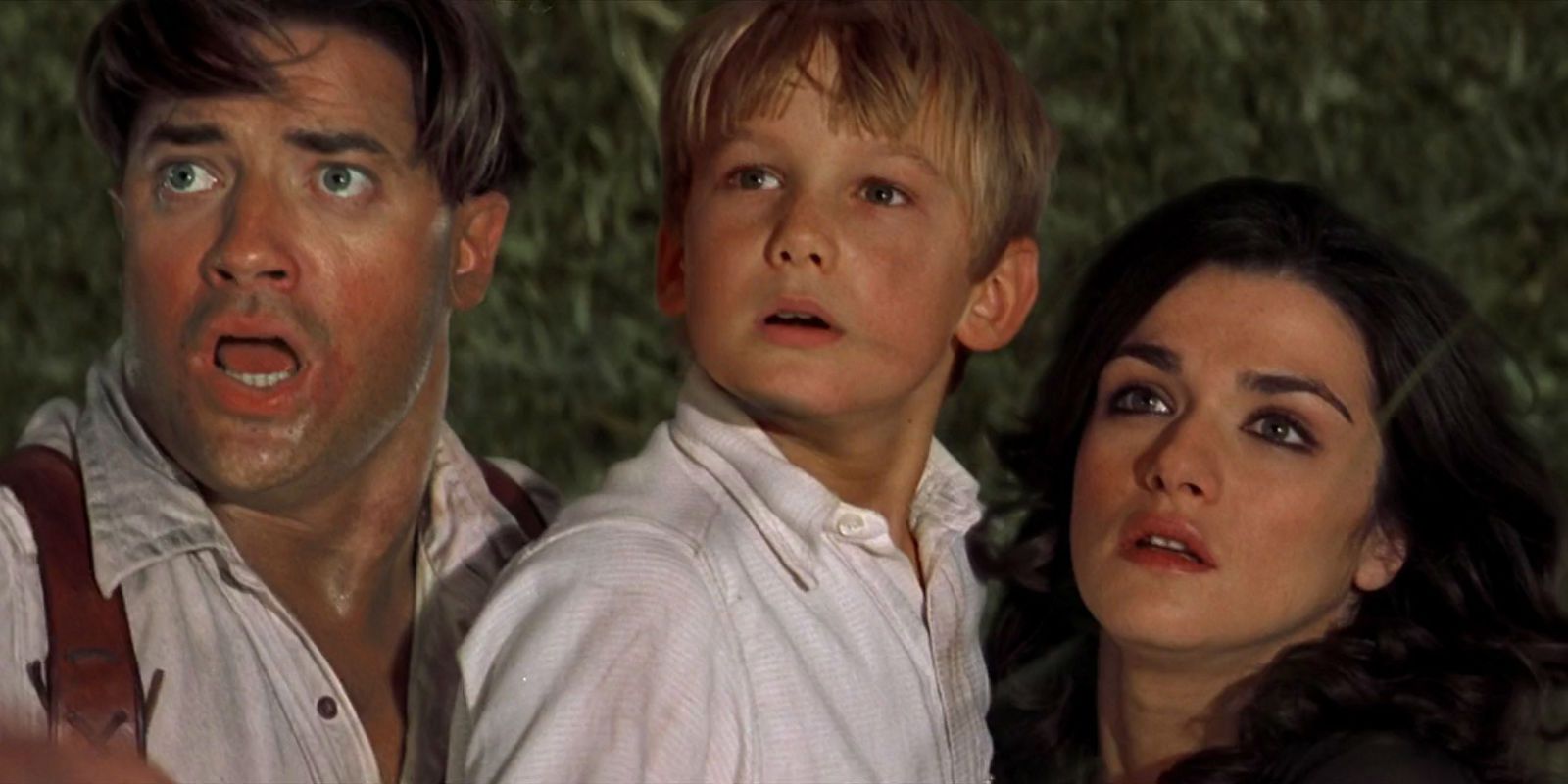
Another reason The Mummy has aged better than the sequels is its tone. The Mummy combined action and adventure with the same gothic horror that characterized the original 1932 original. While rated PG-13, it still featured a string of horror sequences and delivered some genuinely startling frights. This gothic aesthetic, however, was completely removed for The Mummy Returns, which is tonally closer to a family adventure movie than a swashbuckling horror. The Mummy: Tomb of the Dragon Emperor accentuates this even further, with several scenes that are distractingly cartoonish.
5 The Mummy: Tomb Of The Dragon Emperor Needed Rachel Weiss
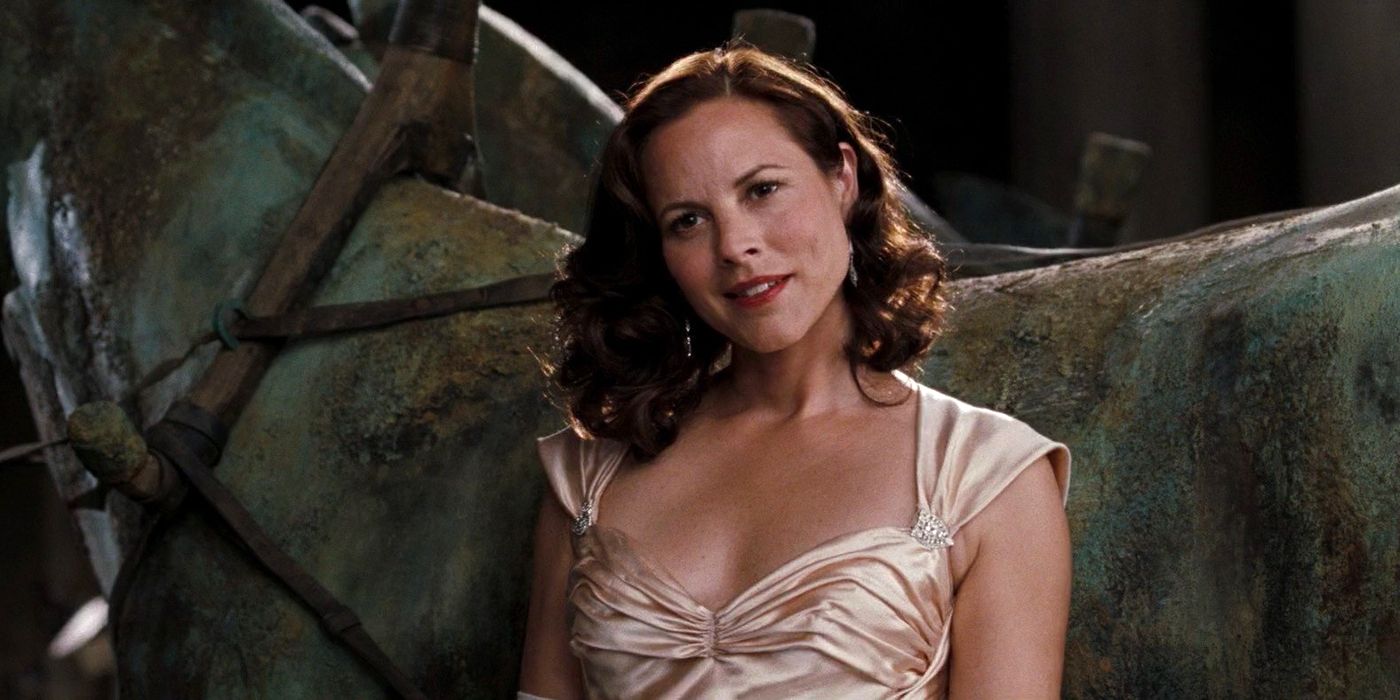
After playing an essential role in The Mummy and The Mummy Returns, Rachel Weisz didn’t return for the third Mummy movie. Weisz was replaced by Maria Bello, who failed to live up to the character’s legacy or Weisz’s performance. The Mummy: Tomb of the Dragon Emperor truly suffered without Weisz’s tender yet fierce personality and the Evy depicted felt substantially less fully rounded. Bello was criticized for failing to adequately recapture Weisz’s portrayal, which seems somewhat unfair as Bello still delivers a reasonable performance. The issue is that Rachel Weisz was so perfect as Evy, that losing her created an absence too great to be filled.
4 The Mummy’s Timeline Makes No Sense
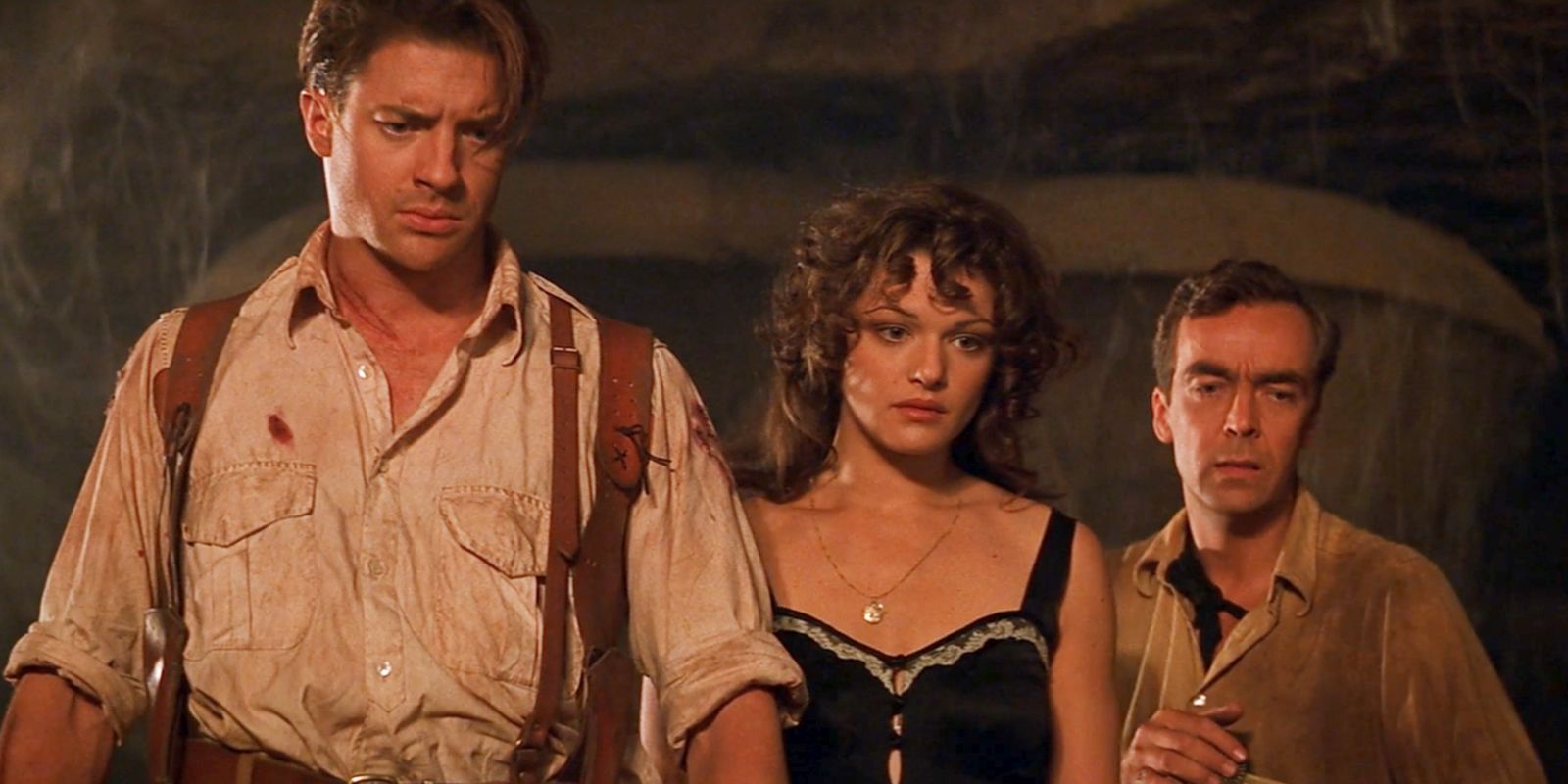
Another point of contention is The Mummy franchise’s timeline – specifically during the Brendan Fraser trilogy. The Mummy is set in 1926, at which time Rick and Evy meet, fall in love, and presumably head for England. The Mummy Returns is set just seven years later in 1933, but Rick and Evy are depicted as having an eight-year-old son, Alex O’Connell. The novelizations do attempt to rectify this oversight slightly, but technically, Alex could only be seven years old at most by The Mummy Returns.
3 The Mummy’s Representation Of Race Is Problematic
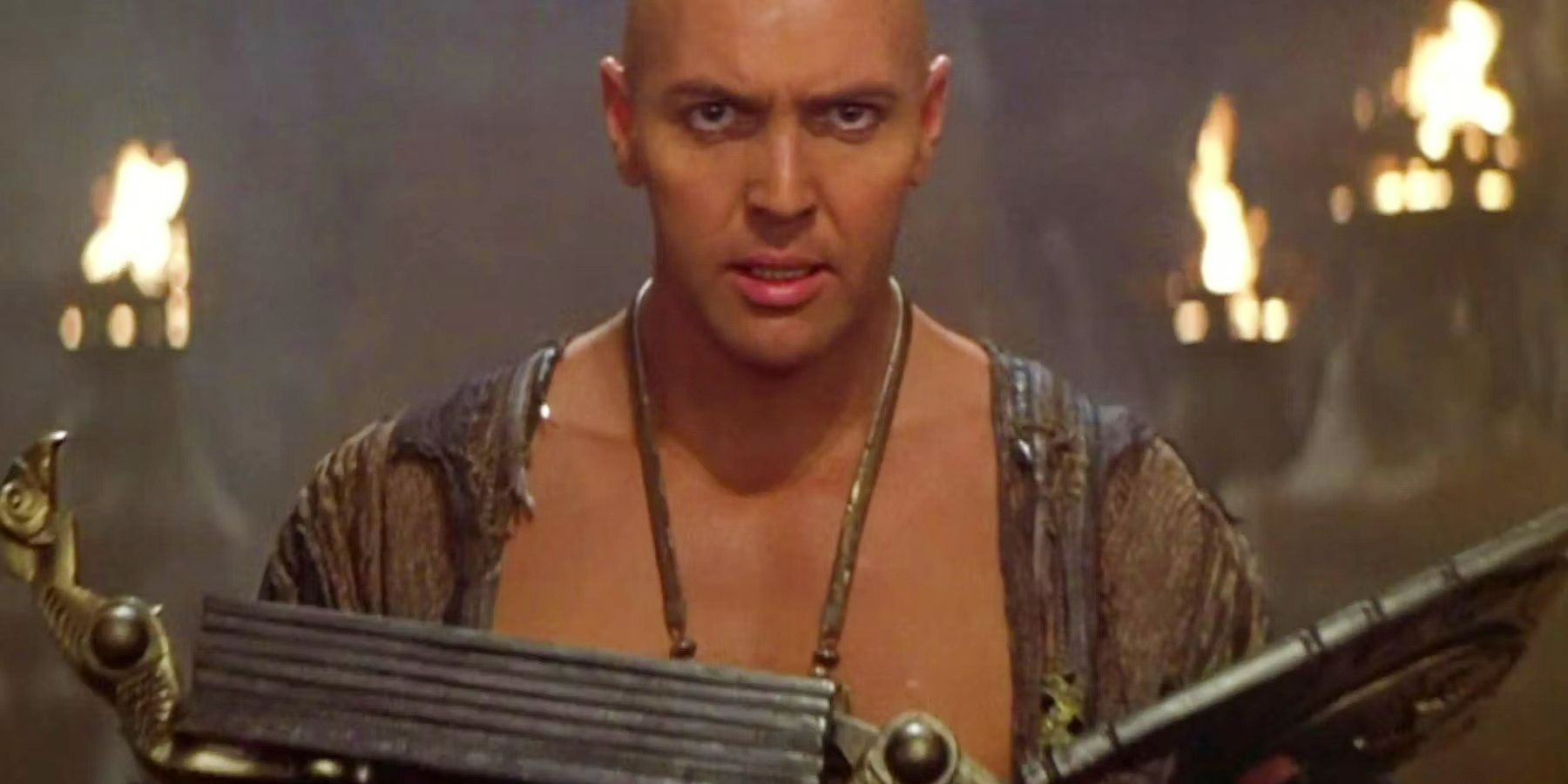
Throughout The Mummy movies, various ethnic groups are represented very unfairly, relying on offensive stereotypes. The representation of native Egyptians is especially problematic, often depicted as lumbering, inarticulate, uncultured, and unintelligent. It perpetuates the racist stereotypes often associated with the depicted era – the era of British colonization. It adheres somewhat to the “white savior” narrative, suggesting that the white American and British invaders are in fact an essential presence in rescuing the local population.
2 Rick O’Connell’s Backstory Is Never Fully Explained
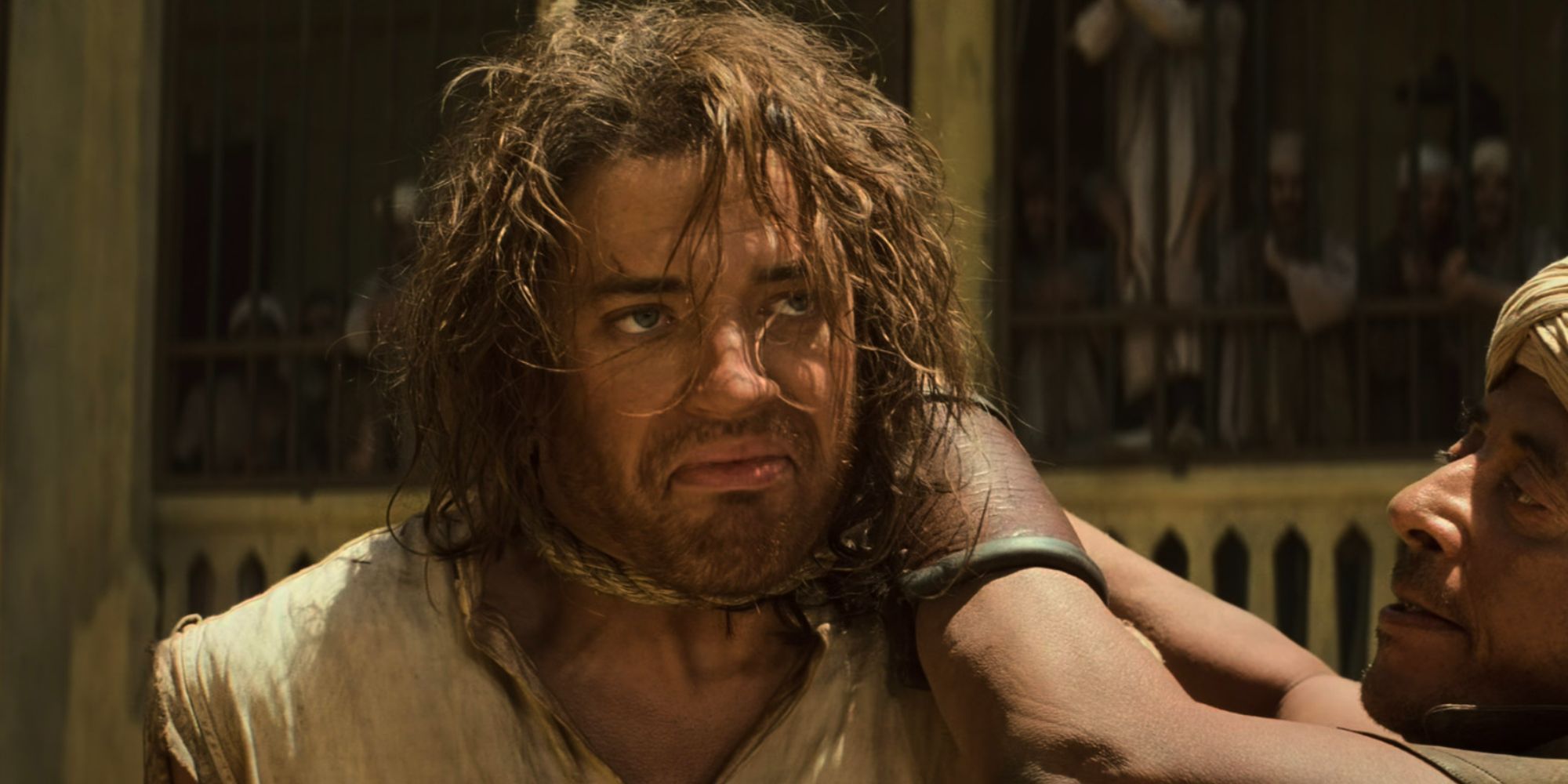
Rick O’Connell is first introduced as a prisoner in a Cairo jail. The reason for this is alluded to but never fully explained. This is particularly notable as it must be a recent incarceration for Jonathan to have picked his pocket just days before. By The Mummy Returns, Rick’s backstory had evolved and included a connection to the Egyptian Medjai. Rick is revealed to bear a tattoo of the ancient order’s sacred symbol, and the movie suggests that the mark was bestowed upon him by his father – a fearsome and respected member of the Medjai. However, in previous scenes, Rick states that he was given the tattoo in an orphanage.
1 The Mummy Undermines Its Own Treasure-Hunting Message
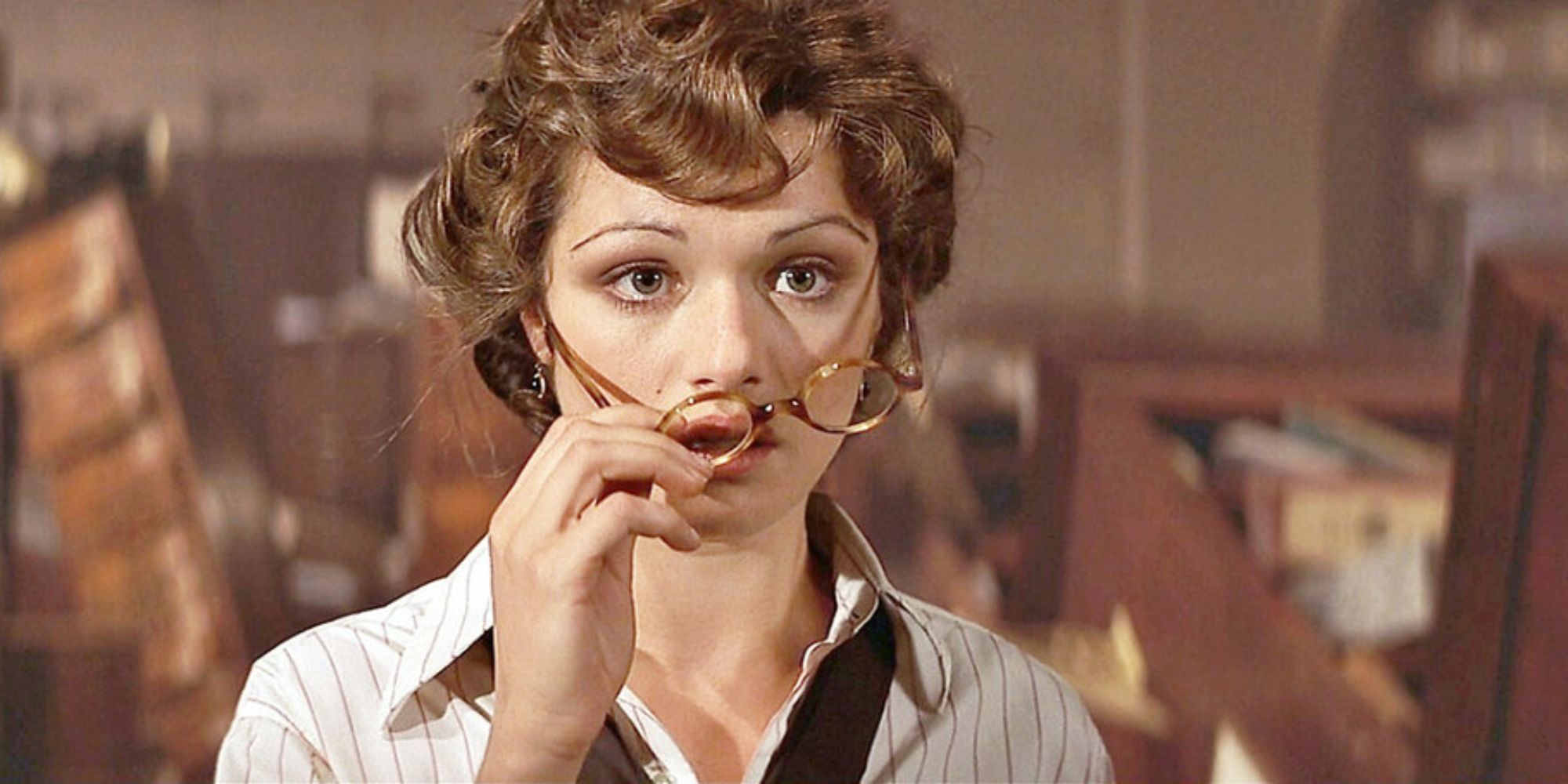
Throughout The Mummy, Evy repeatedly asserts that she is not a treasure hunter. The movie maintains a theme of ancient artifacts remaining in their country of origin rather than being plundered by foreign adventurers – further implied by Evy working as the curator of the Cairo Museum. However, in The Mummy Returns, it is revealed that Rick and Evy both profited substantially by selling the treasures they found. Despite the central message of preserving historical discoveries, the O’Connells actually benefited greatly from a colonialist pillaging of Egyptian treasures. It remains one of the more disappointing harsh realities of rewatching The Mummy trilogy.
